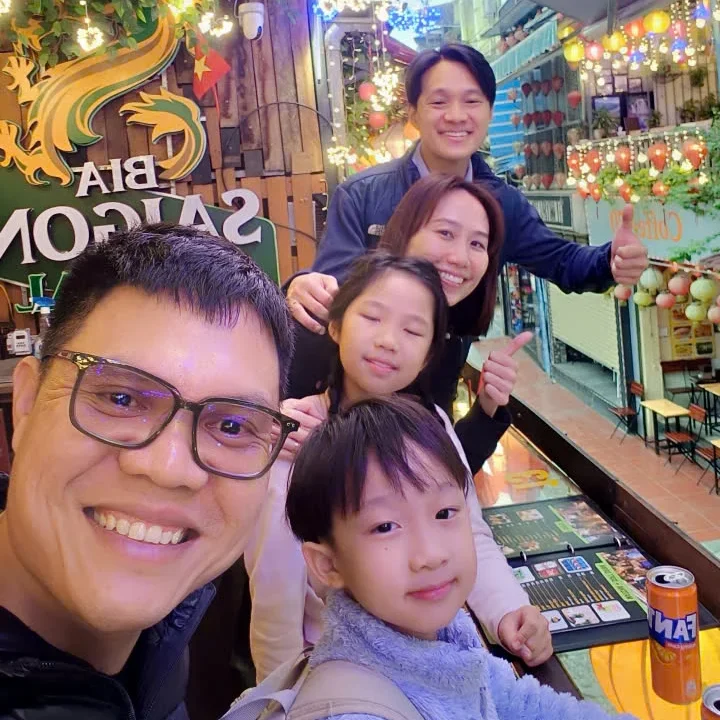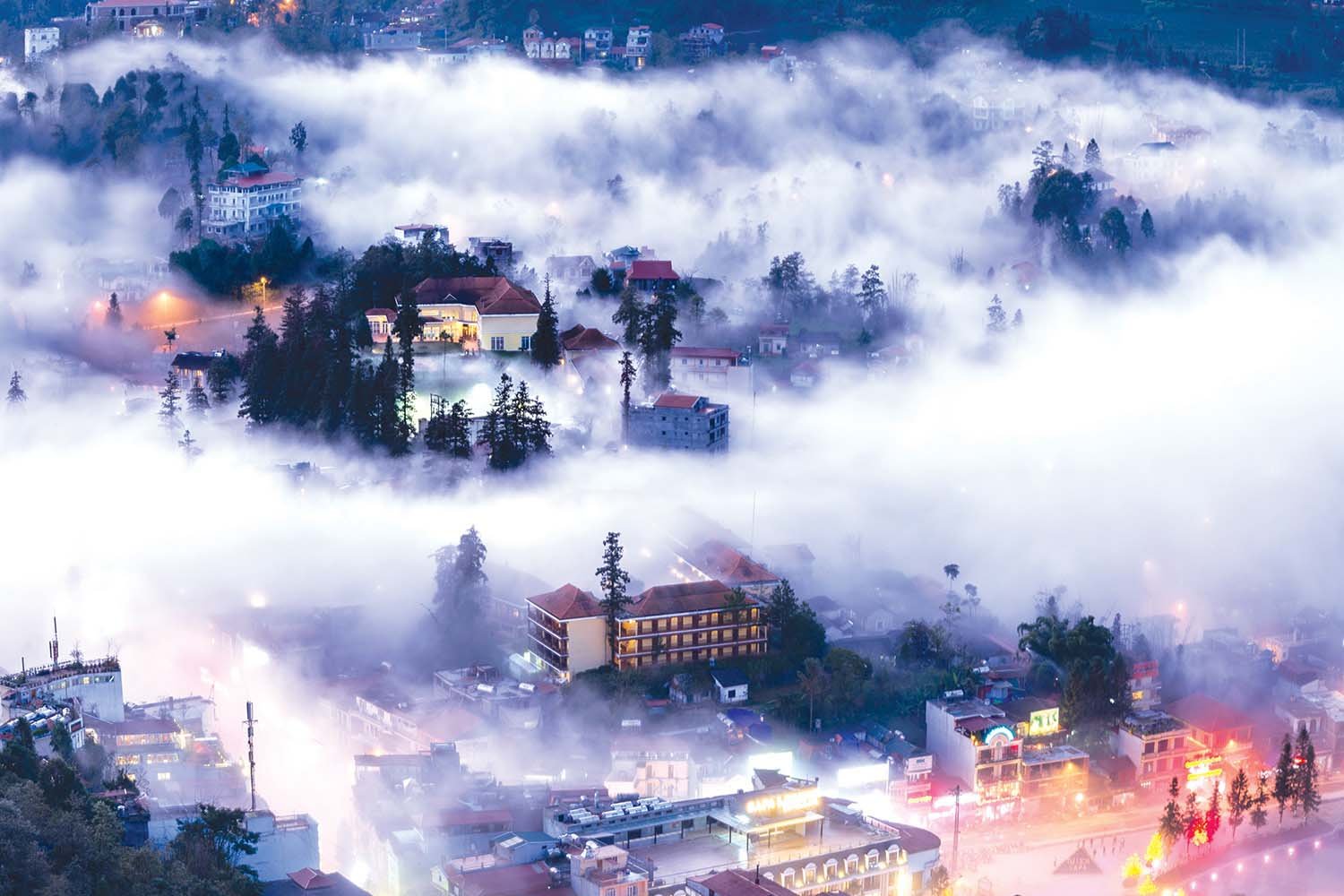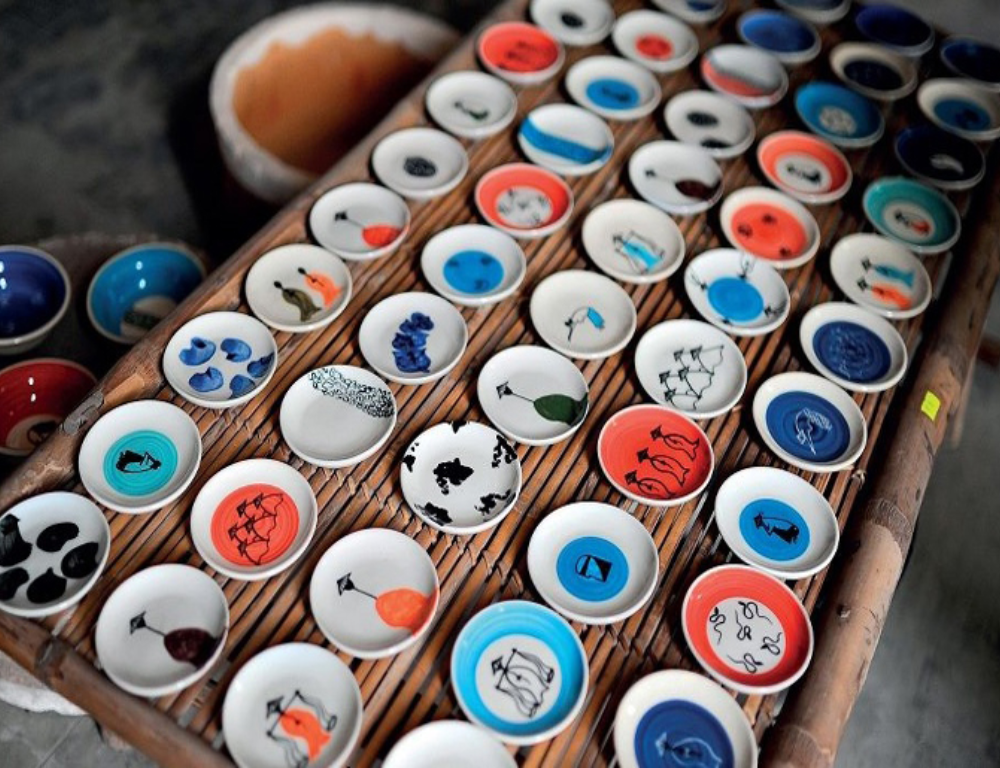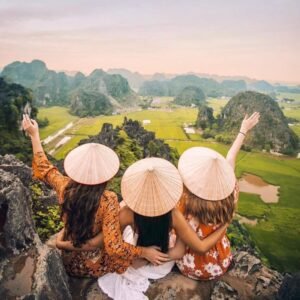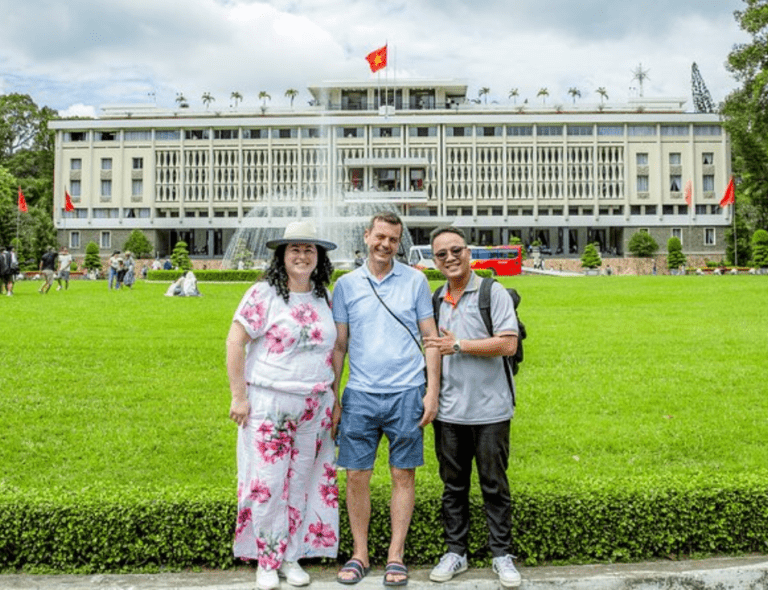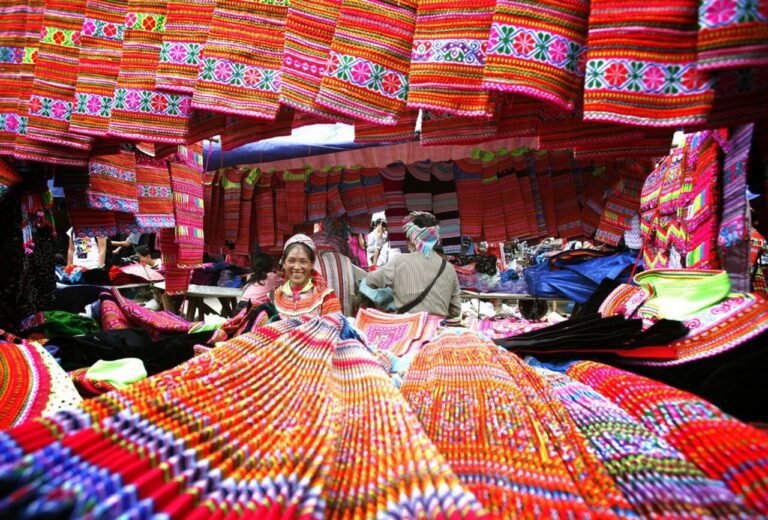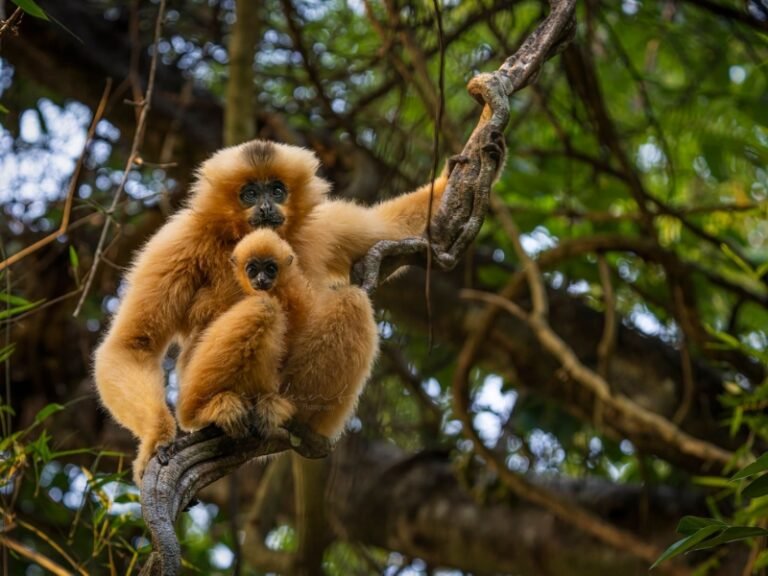The Language of Colors: Vietnamese Color Symbolism

Colors are more than just visual elements; they carry profound meanings that reflect the cultural, spiritual, and historical fabric of a society. In Vietnam, colors are deeply tied to beliefs, traditions, and everyday practices. Vietnamese color symbolism offers a unique perspective on how this Southeast Asian culture interprets life’s experiences through its palette. From the hues that bring luck to those that signify sorrow, understanding these cultural meanings provides a deeper appreciation of Vietnam’s vibrant heritage.
Why Color Symbolism Matters in Vietnamese Culture
In Vietnamese Culture, colors are not merely decorative but serve as powerful symbols of identity, emotion, and tradition. Influenced by Confucianism, Buddhism, and local folklore, the meanings of colors often align with spiritual beliefs and historical values. Colors dictate how people dress, decorate homes, celebrate festivals, and even choose Vietnamese gifts. These meanings may vary depending on the context, but their significance is deeply rooted in Vietnam’s cultural identity.
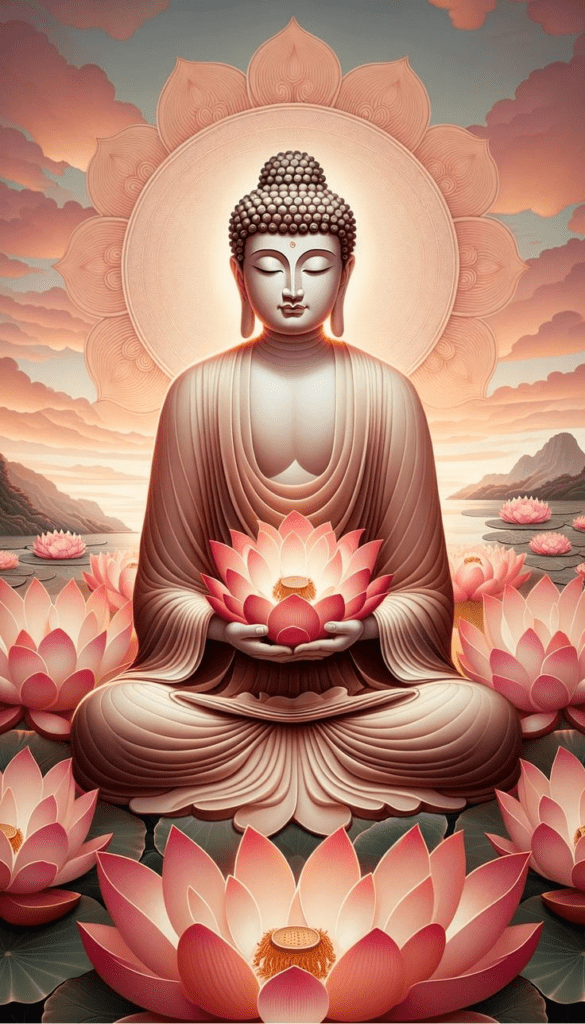

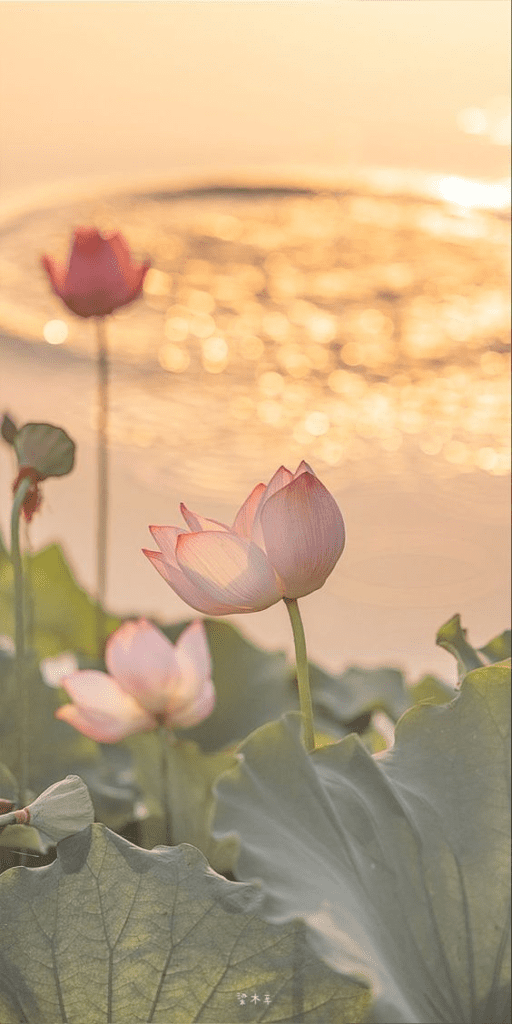

🇻🇳 Admire the colorful and intricate designs of Vietnamese Clothing!
The Cultural Significance of Colors in Vietnam
1. Red: The Color of Luck and Celebration
Red is arguably the most significant color in Vietnamese culture. It represents good fortune, happiness, and prosperity, making it a dominant hue in celebrations like Tet Holiday (Lunar New Year) and weddings. Vietnamese believe red wards off evil spirits and attracts positive energy, which is why red envelopes filled with money (li xi) are given during Tet.
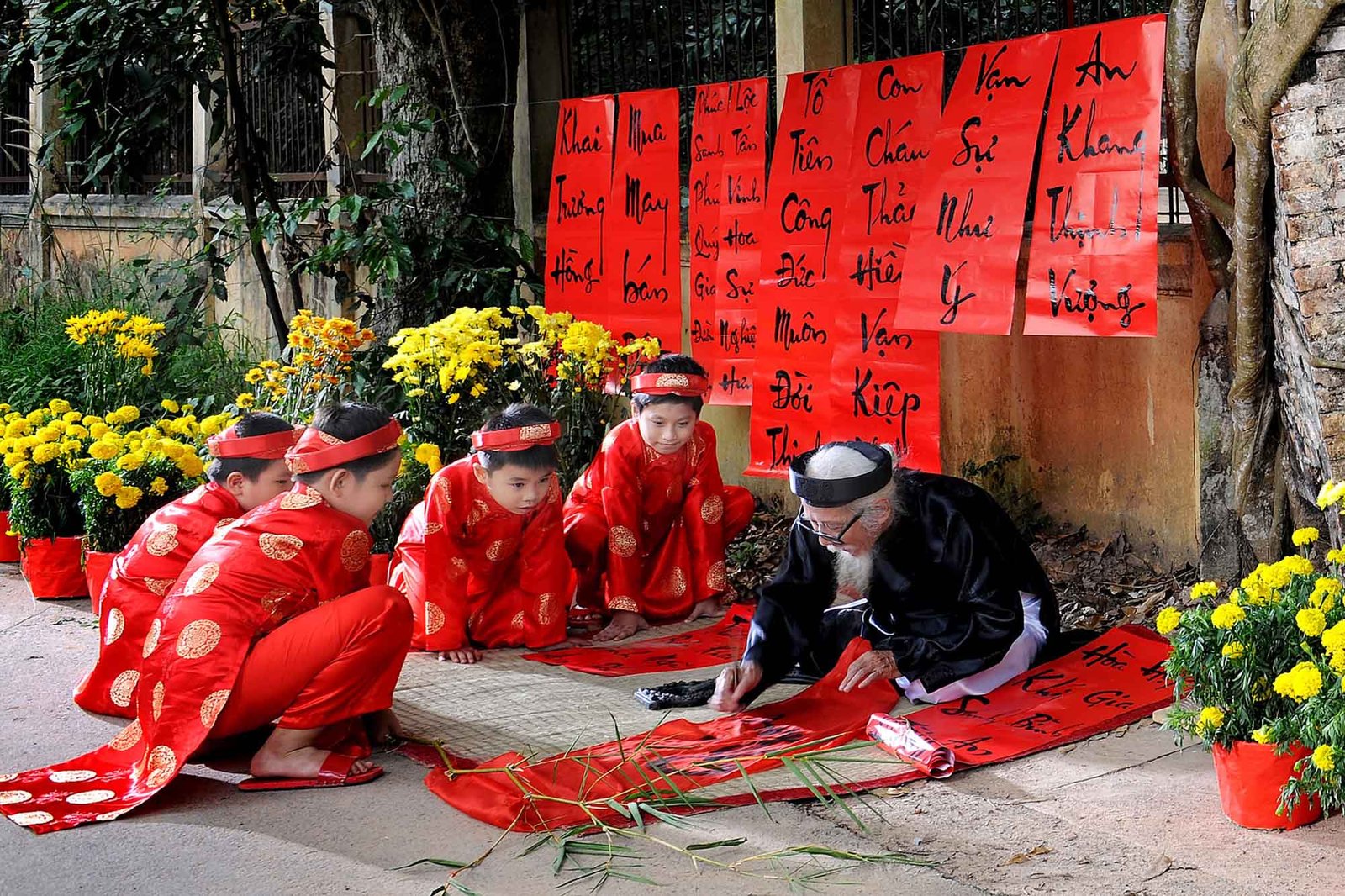

In traditional weddings, brides often wear red “ao dai” (Vietnamese long dress) to symbolize love and joy. Red also appears in decorations, lanterns, and other ceremonial items, emphasizing its role as a harbinger of success and festivity.
2. Yellow: Wealth and Royalty
In Vietnamese color symbolism, yellow is associated with wealth, power, and the monarchy. Historically, yellow was reserved for emperors and their families, symbolizing their divine right to rule. Today, yellow continues to signify prosperity and success.
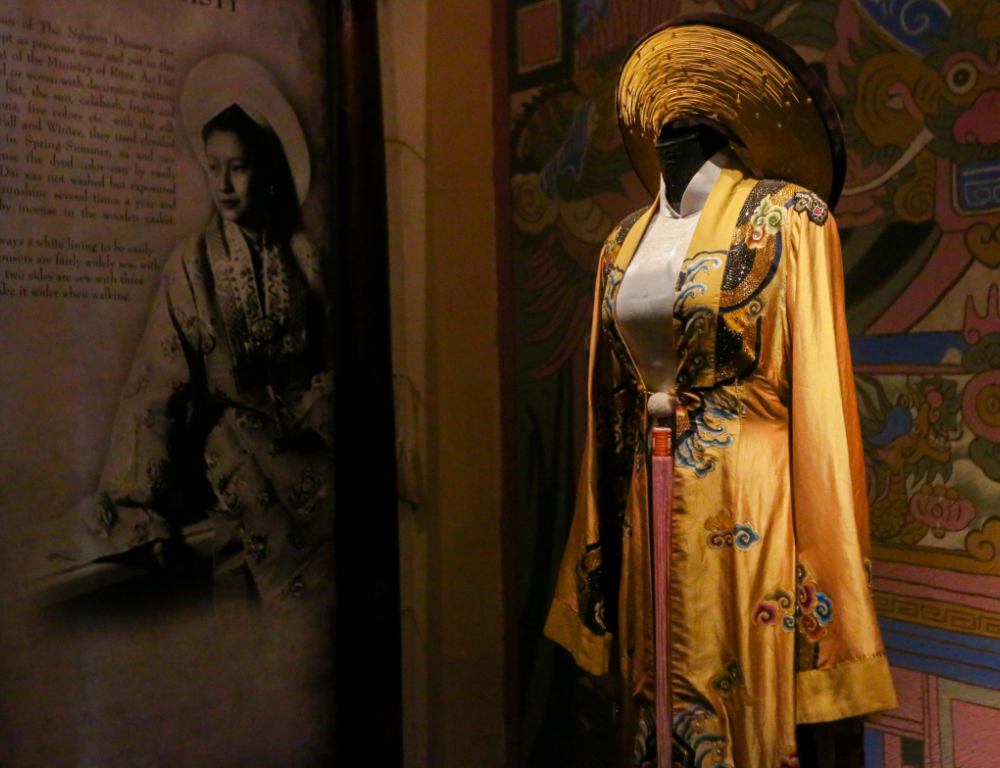

Yellow flowers, such as chrysanthemums and apricot blossoms, are prominent during Tet, symbolizing renewal and hope for a bountiful year ahead. In modern contexts, yellow is often used in branding and business to convey optimism and financial growth.
🇻🇳 Experience the vibrant atmosphere of Vietnamese festivals & The Best of Vietnam: Unforgettable Activities and Adventures
Colors in Vietnamese Festivals and Rituals
3. White: Purity and Mourning
While white symbolizes purity and innocence in Western cultures, it carries a different meaning in Vietnam. In fact, Vietnamese color symbolism assigns white to mourning and funerals. Family members of the deceased wear white clothing, including “khan tang” (mourning headbands), to express their grief.
Despite its somber associations, white is also viewed as a neutral color, often used in minimalist fashion or décor. In these contexts, it can signify simplicity and elegance.


4. Black: Authority and Bad Omen
Black in Vietnamese culture represents power but also conveys negative connotations. It is linked to darkness, mystery, and even death, making it an uncommon choice for celebratory events. However, black is often worn in professional settings, where it exudes sophistication and authority.
In spiritual contexts, black is seen as a protective color that shields against malevolent forces. Some traditional garments feature black embroidery or patterns for this reason.
🇻🇳 Witness a spectacular display of Vietnamese arts and culture at the Hue Festival!
Symbolism of Colors in Vietnamese Cuisine
Vietnamese cuisine is celebrated for its harmonious balance of flavors, textures, and, notably, colors. The traditional belief is that a meal should include five colors: red, green, white, yellow, and black. Each hue corresponds to one of the five elements in Vietnamese philosophy—fire, wood, metal, earth, and water—and contributes to both the visual appeal and nutritional value of the dish.
5. Green: Freshness and Vitality
Green symbolizes nature, health, and freshness. Furthermore, Vietnamese dishes like “goi cuon” (spring rolls) and “rau muong xao toi” (stir-fried morning glory) highlight the vibrant green of fresh vegetables and herbs, reflecting the importance of balance and vitality in Vietnamese culture. This showcases the deep-rooted connection between Vietnamese color symbolism and culinary traditions.
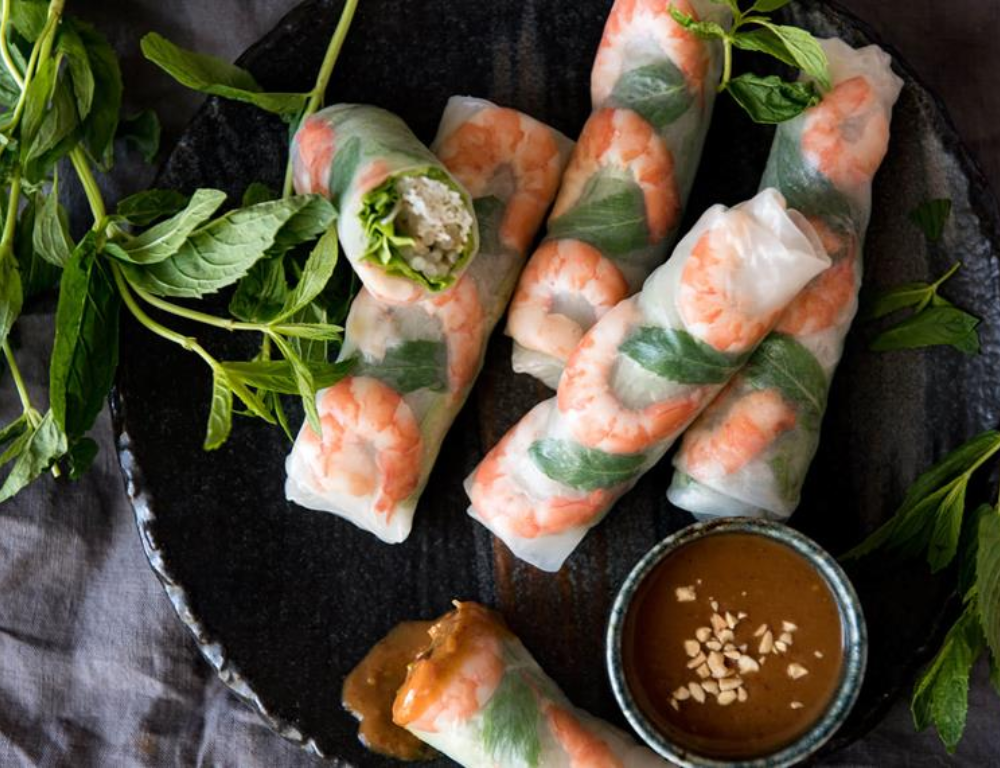

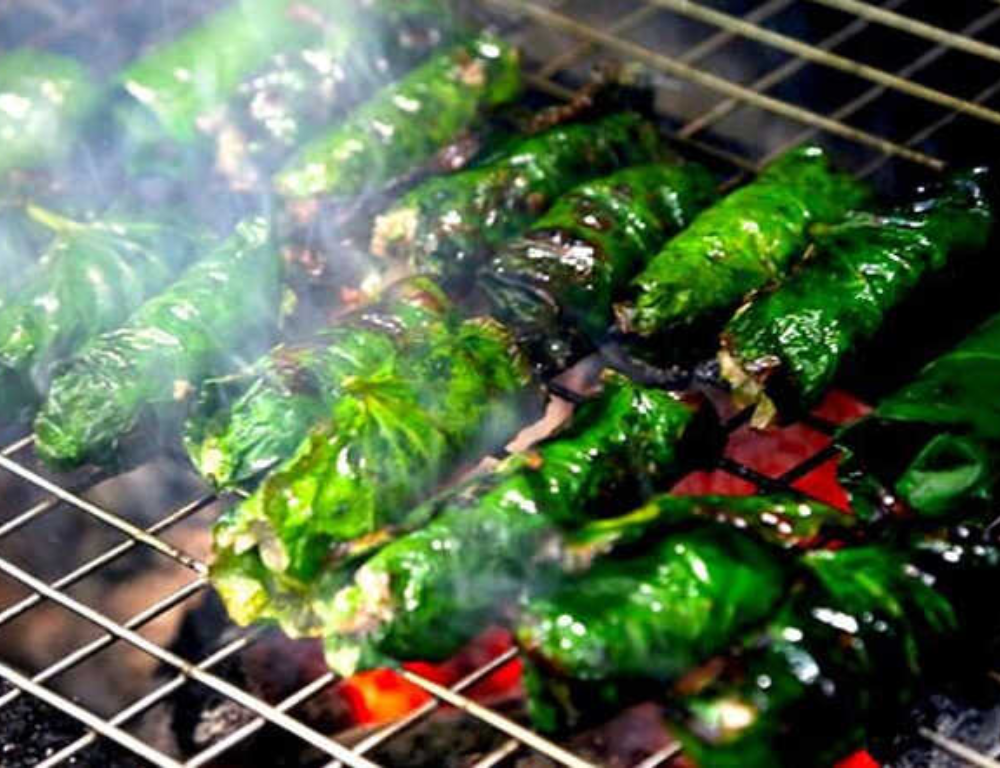

6. Multicolor in Dishes
Multicolored foods like “banh tet” (sticky rice cake) are not only visually appealing but also embody the idea of harmony. Moreover, these dishes, rich in Vietnamese cultural meanings, often appear during festivals and celebrations, emphasizing unity and completeness.
🇻🇳 Be enchanted by the magical world of Vietnamese Water Puppetry.
The Spiritual and Elemental Basis of Vietnamese Colors
Vietnamese color symbolism is heavily influenced by the five-element theory (Ngu Hanh), derived from Taoist philosophy. Each color corresponds to an element, which in turn governs specific aspects of life:
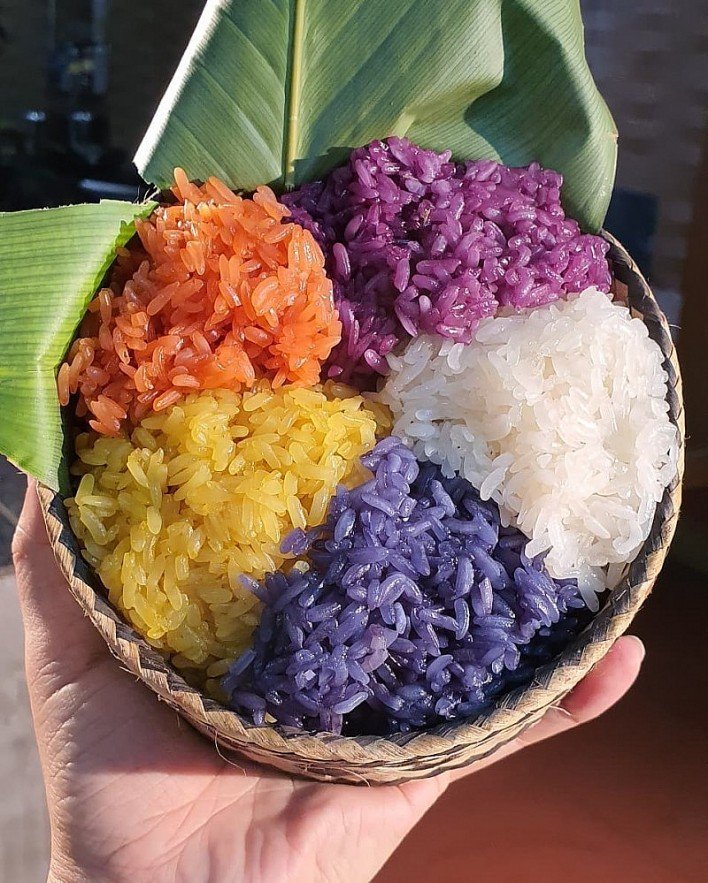

- Red (Fire): Passion, energy, and celebration.
- Green (Wood): Growth, vitality, and prosperity.
- Yellow (Earth): Stability, wealth, and happiness.
- White (Metal): Purity, mourning, and clarity.
- Black (Water): Mystery, depth, and protection.
These associations influence not only personal choices but also community practices, such as the design of homes, temples, and public spaces.
📸 Immerse yourself in Vietnam’s captivating culture. From ancient temples to vibrant festivals, there’s something for everyone. | Contact us via WhatsApp or follow Sun Getaways Travel Fanpage for personalized trip planning. Or follow these posts to explore the cultural wonders of Vietnam:
Colors in Vietnamese Art and Clothing
7. Traditional Clothing: The Ao Dai
The ao dai, Vietnam’s national costume, is a testament to the country’s color symbolism. Colors in ao dai often carry specific meanings:
- Red: Worn by brides or during festivals to signify joy and luck.
- Blue or Green: Symbolize peace and harmony, suitable for casual or formal occasions.
- Purple: Represents loyalty and elegance, often associated with women of high status.
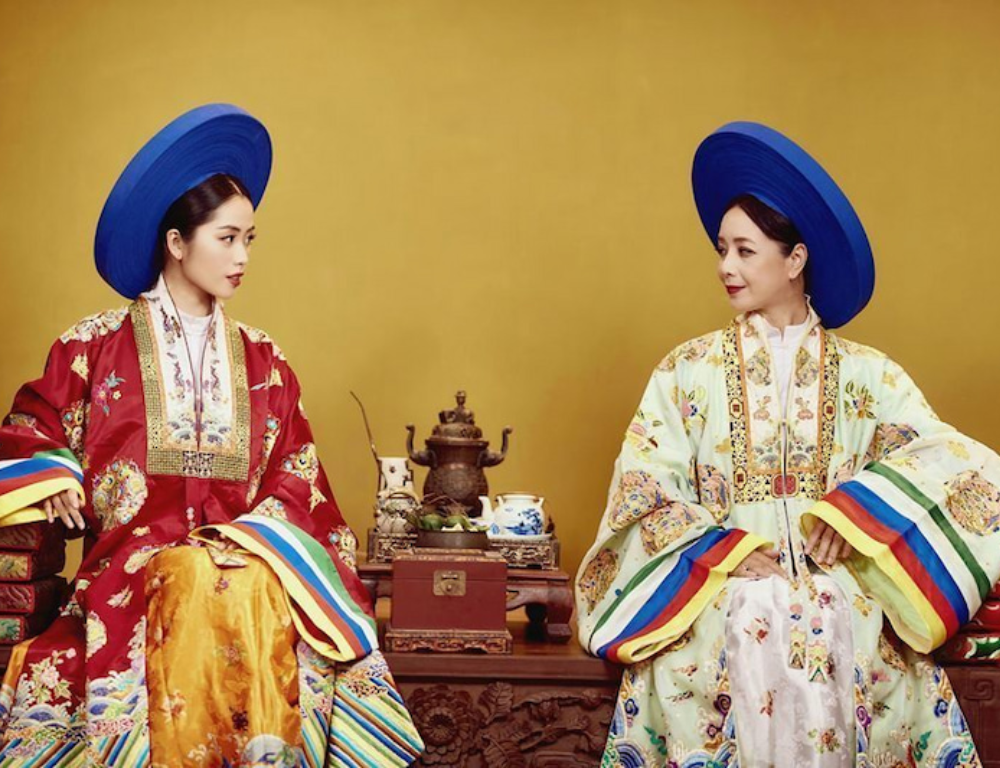

8. Vietnamese Painting and Lacquer Art
Traditional Vietnamese paintings and lacquerware showcase a vivid palette, reflecting the country’s natural beauty and cultural heritage. Artists use colors symbolically to narrate folklore, historical events, and religious themes, conveying deep Vietnamese cultural meanings. This vibrant art form offers a window into the soul of Vietnam.
🔥 Ready to plan your ultimate Hanoi itinerary? Start here: The Ultimate Vietnam Packing List: Essentials for Your Southeast Asia Trip
Colors in Business and Modern Life
9. Colors in Branding and Advertising
Vietnamese businesses leverage color symbolism to connect with consumers. Red and yellow, often seen in logos and advertisements, evoke feelings of excitement, prosperity, and trust. This strategy aligns with cultural preferences, making products more appealing to the Vietnamese market.
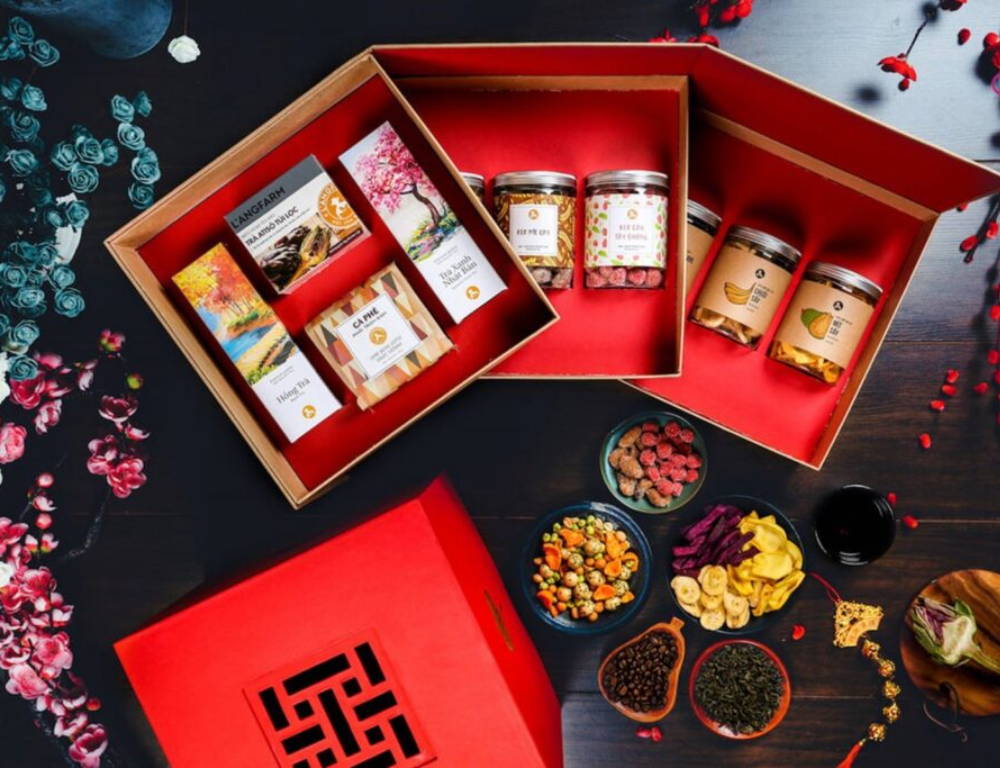

10. Choosing Colors for Homes
In Vietnam, homeowners select colors based on feng shui principles to attract good fortune. For instance, warm tones like red and orange are used in living spaces to encourage energy, while blue and green are chosen for tranquility.
Regional Variations in Color Symbolism
While the core meanings of colors remain consistent across Vietnam, regional differences add unique layers to their interpretation. For instance, in the northern regions, certain colors may hold specific Vietnamese cultural meanings related to local traditions and beliefs:
- Northern Vietnam: Colors are often traditional and subdued, reflecting historical influences.
- Central Vietnam: Bright and bold colors dominate, influenced by royal traditions of the Nguyen Dynasty.
- Southern Vietnam: A mix of vibrant and modern hues highlights the region’s dynamic, entrepreneurial spirit.
🇻🇳 Join us for the Mid-Autumn Festival and experience the joy of this traditional Vietnamese holiday!
Changing Perspectives on Color Symbolism
As Vietnam modernizes, some traditional color beliefs are evolving. Younger generations may not adhere strictly to superstitions but still respect their cultural significance. Consequently, Vietnamese color symbolism is now celebrated for its aesthetic value, blending traditional meanings with contemporary interpretations.
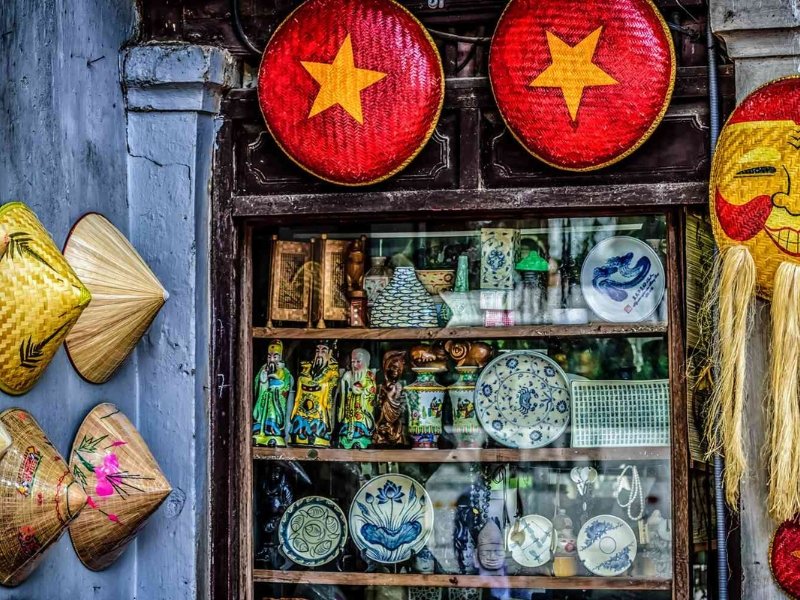

FAQs
1. What does the color red symbolize in Vietnamese culture?
Red represents luck, happiness, and prosperity. It is widely used in celebrations like Tết and weddings.
2. Why is white associated with mourning in Vietnam?
White is linked to purity and the afterlife, making it the traditional color for funerals and mourning rituals.
3. How does Vietnamese cuisine reflect color symbolism?
Vietnamese dishes incorporate five colors—red, green, yellow, white, and black—to balance visual appeal, nutritional value, and spiritual harmony.
4. Are colors still important in modern Vietnamese society?
Yes, colors remain significant, especially in traditions, branding, and interior design, though their meanings may evolve with modernization.
5. How do regional differences influence color symbolism in Vietnam?
Northern regions favor traditional hues, Central regions emphasize bold royal colors, and Southern regions blend vibrant and modern palettes.
🔎 Click here if you want to know more about Your Essential Guide to Vietnam’s Top Activities and Attractions? ᯓᡣ𐭩
Conclusion
The language of colors in Vietnam is a window into the nation’s soul. Vietnamese color symbolism bridges the past and present, merging spiritual beliefs with practical applications in art, cuisine, fashion, and daily life. Whether it’s the joyous red of a bride’s áo dài or the somber white of a mourning headband, each hue carries a story that enriches Vietnam’s cultural tapestry. Furthermore, by understanding these vibrant meanings, we gain a deeper appreciation for the nuances and complexities of Vietnamese cultural meanings.
Experience Vietnam like never before with Sun Getaways Travel. Our all-inclusive trips cover every detail, from accommodations and transportation to unforgettable experiences, depending on your interests (Our Customized Private Tour for each customer to Vietnam 🇻🇳). Ready to embark on your next adventure?
Ask a question
Leave a Comment (0)
No questions yet. Be the first to ask a question!

